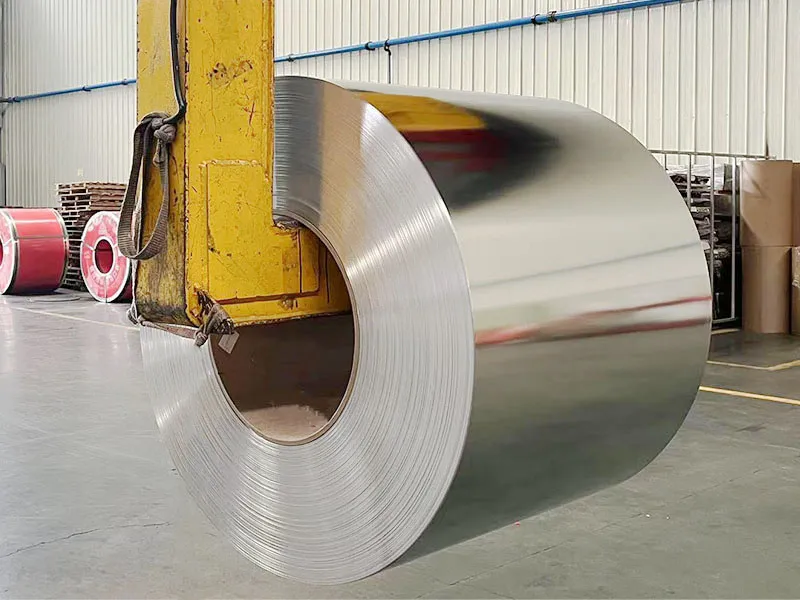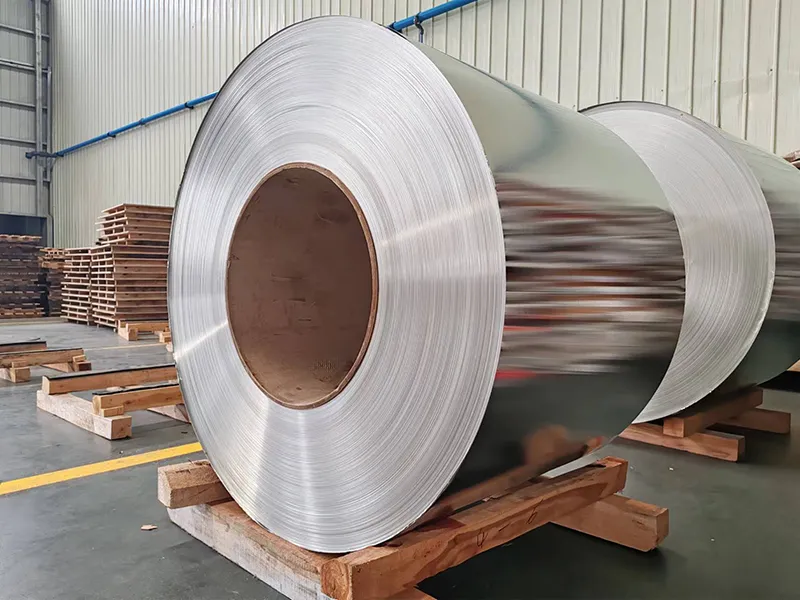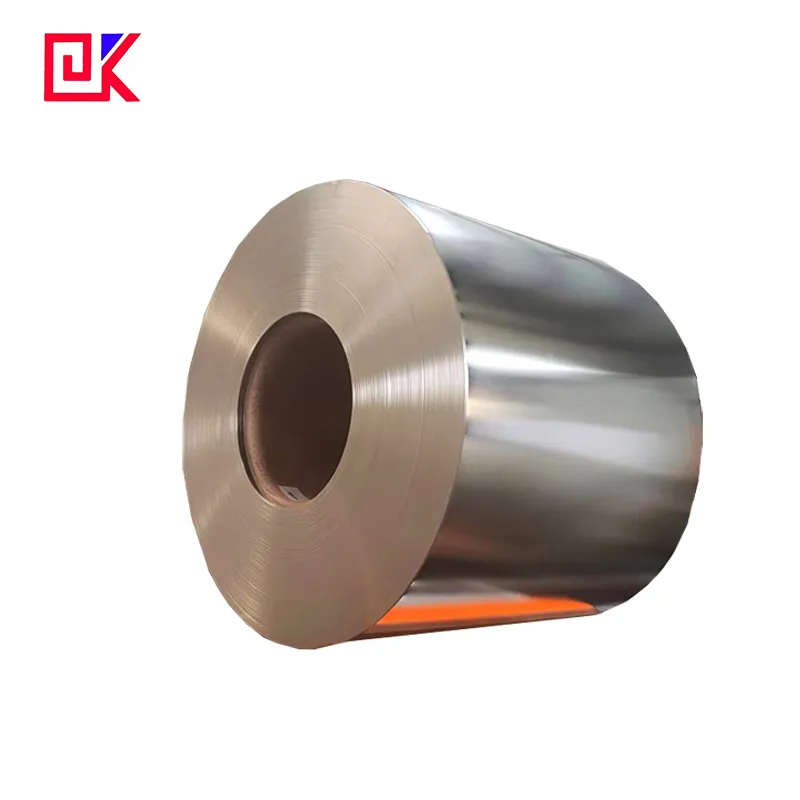In the increasingly complex environment of the global economy, all walks of life are difficult to avoid the impact of raw material price fluctuations, especially in the manufacturing field. As an important packaging material, tinplate (i.e. tin-plated steel plate) is widely used in the packaging of food, beverages, cosmetics and other consumer goods. Tinplate manufacturers face the challenge of raw material price fluctuations, which not only directly affects production costs, but may also have a profound impact on the profitability, market competitiveness and operational stability of enterprises.
This article will explore in depth how raw material price fluctuations affect tinplate manufacturers, especially the specific impact of changes in the prices of steel, tin and other related raw materials on tinplate production in the current global economic context.

Why are raw material price fluctuations so important to tinplate manufacturers?
1. What are the main raw materials for tinplate?
The manufacture of tinplate mainly relies on two raw materials: steel and tin. Steel, as the base material of tinplate, plays the role of strength and durability, while tin, as a coating material, provides corrosion resistance and food safety. The price fluctuations of steel, especially the price changes of raw material iron ore, will directly affect the production cost of tinplate. The price fluctuation of tin also affects the cost of tin plating, and then affects the price of the entire tinplate.
In addition to steel and tin, other auxiliary materials such as coatings and inks also affect the cost of tinplate to a certain extent. The supply and price fluctuations of these materials are often affected by multiple factors such as global market supply and demand, policy adjustments, and transportation costs.
2. Why are price fluctuations so sensitive?
For tinplate manufacturers, the price of raw materials accounts for a considerable proportion of production costs. The price fluctuations of steel and tin not only directly increase production costs, but may also affect the stability of the entire supply chain. If the price of raw materials rises sharply in a short period of time, the profit margin of the manufacturer will be compressed, and there may even be a risk of loss. If the price falls, although it seems favorable on the surface, it may also mean insufficient market demand, resulting in inventory backlogs and affecting capital turnover.
The production cycle of tinplate is relatively long, and it requires a lot of capital investment and equipment support. Therefore, the price fluctuations of raw materials often have a significant impact on the manufacturer's capital chain, production scheduling and operation plan.

How to deal with the cost pressure brought about by raw material price fluctuations?
1. What is the impact of price fluctuations on production plans?
With the continuous fluctuations in the prices of raw materials such as steel and tin around the world, tinplate manufacturers are facing more complex adjustments to production plans. For example, when steel prices rise, manufacturers usually take the following approaches to cope with cost pressures: first, they can improve production efficiency and reduce unit costs through refined production management; second, by optimizing production processes, they can reduce the waste of raw materials; finally, they can try to use alternative materials to reduce dependence on raw materials.
However, price fluctuations not only affect production plans, but may also affect inventory management. When raw material prices fluctuate drastically, tinplate manufacturers may choose to purchase a large amount of inventory in advance to avoid the risk of future price increases. However, this also brings about the problem of capital occupation and increases the difficulty of inventory management. Therefore, how to balance production, procurement and inventory is an important issue that tinplate manufacturers must consider.
2. Can procurement strategies mitigate the impact of price fluctuations?
Faced with the uncertainty of raw material prices, many tinplate manufacturers have adopted different procurement strategies to deal with it. For example, some companies choose to sign long-term contracts with suppliers to ensure that the price of raw materials is fixed within a certain period of time, thereby avoiding the impact of sharp price fluctuations in the short term on production. In this way, manufacturers can transfer price risks to suppliers and ensure the stability of production costs.
In addition, tinplate manufacturers can also reduce the risks brought by a single supplier by diversifying their supply chain. If the price of raw materials in a region or supplier fluctuates greatly, manufacturers can avoid over-reliance on a certain supplier by adjusting their procurement sources.
However, although these strategies can mitigate the impact of price fluctuations to a certain extent, they cannot completely eliminate the risk. Therefore, how to accurately predict changes in the raw material market has become an important challenge for tinplate manufacturers in the course of their operations.

How will raw material price fluctuations affect corporate profitability?
1. How does it affect profit margins?
Fluctuations in raw material prices directly affect the profit margins of tinplate manufacturers. When raw material prices rise, manufacturers usually choose to pass on the cost increase to end customers, that is, to increase product prices. However, price increases are not always accepted by the market, especially in fierce market competition, where price increases may lead to customer loss and ultimately affect sales.
If companies cannot make up for the rising costs by raising selling prices, or if the product price increase is not enough to cover the cost increase, then the company's profit margins will be compressed. For many small and medium-sized tinplate manufacturers, raw material price fluctuations may be one of the most important factors affecting their profitability.
2. How does it affect market competitiveness?
In a globalized market environment, the competitiveness of tinplate manufacturers depends not only on product quality and innovation, but also on fluctuations in raw material prices. Large companies can usually cope with the challenges brought by fluctuations in raw material prices through stronger purchasing capabilities and economies of scale, while small and medium-sized enterprises may not be able to obtain sufficient profits through price adjustments due to high purchasing costs, and thus be at a disadvantage in the market.
In addition, fluctuations in raw material prices may also put some small companies that do not have strong financial strength in trouble. If the cost of raw materials rises rapidly in a short period of time, and the company does not have sufficient capital reserves for adjustment, it may face risks such as production stagnation, layoffs, and even bankruptcy.

What challenges does raw material price fluctuations pose to supply chain management?
1. How does it affect the stability of the supply chain?
As tinplate production becomes more dependent on raw materials such as steel and tin, price fluctuations in raw materials directly affect the stability of the supply chain. If the supply of steel or tin is tight, it may lead to shutdowns or delays in production lines. In particular, in some areas, the fragility of the supply chain may be more prominent, and the impact of price fluctuations on production will be more severe.
For example, factors such as the global epidemic, international trade frictions, and natural disasters may lead to instability in the supply chain. At this time, tinplate manufacturers not only have to face the pressure of rising raw material prices, but also the risk of insufficient raw material supply or failure to deliver in time.
2. How does tinplate manufacturer deal with risks in the supply chain?
In order to cope with the impact of raw material price fluctuations on the supply chain, tinplate manufacturers must conduct effective risk management. On the one hand, companies can establish a diversified supplier network to reduce the supply risk brought by a single supplier. On the other hand, companies can reduce uncertainty in the supply chain by establishing a closer cooperative relationship with suppliers, sharing market information, and jointly facing price fluctuations.
In addition, establishing a sound inventory management system is also a way to reduce supply chain risks. Through reasonable inventory preparation and adjustment, companies can cope with the impact of rising raw material prices or supply disruptions in the short term and ensure the continuity of production.

